
For approximately 20 years, scientists have been monitoring overwintering North American monarchs in Mexico and California, noting a significant decline in their numbers. Based on the data, a petition was submitted to the U.S. Fish and Wildlife Service (USFWS) in 2014 asking that the monarch be listed as a federally endangered or threatened species. After an extensive review, in December 2020 the USFWS announced that listing the monarch as endangered or threatened is warranted, but higher priority listing actions will be completed first. The status of the monarch will be reviewed annually and a determination on listing is included in the USFWS Fiscal Year 2024 work plan.
Even without the protection provided to federally listed species, work has been under way to bolster conservation actions to protect the monarch butterfly. Since 2017, the University of Illinois Chicago has partnered with more than 45 energy companies and transportation agencies to develop the first nationwide Candidate Conservation Agreement with Assurances, which is a formal agreement between the USFWS and non-federal property owners and land managers to engage in important conservation actions to protect the monarch butterfly.

In September 2020, four Illinois state agencies—Illinois Department of Natural Resources (IDNR), Illinois Department of Transportation, Illinois Environmental Protection Agency and Illinois Department of Agriculture—signed the Illinois Monarch Action Plan.
“Formalizing a plan for the state signifies the commitment of these agencies to take action to ensure the survival of the monarch and other pollinators,” remarked Ann Holtrop, Chief of the IDNR Division of Natural Heritage. “Illinois is committed to adding 150,000,000 stems of new milkweed—a portion of the 1.3 billion stems of new milkweed planned for the central portion of the United States—by 2038.”
The work to bolster the monarch population is something each and every Illinois citizen can participate in. Whether you reside in an urban, suburban or rural area, review these five actions and determine what role you can personally have to give monarch butterflies a boost.

- Plant native milkweeds and prairie wildflowers where you live, play, work and worship.
- Participate in citizen science efforts and help scientists better understand monarch migration, annual lifecycle trends and available habitat.
- Share resources and your passion for monarchs and pollinator conservation with those around you.
- For information on planning guidelines, seed sources, native plant sale registers and more check out the Resources section of the Illinois Monarch Action Plan.
- Take the Monarch Pledge. Whether you are an individual or an organization, pledges will help estimate Illinois’ progress toward the goals set forth in the Illinois Monarch Action Plan. Responses will be used to inform monarch butterfly conservation priorities and practices in Illinois. Pledging is simple—here is a sampling of actions that you may consider committing to over the next 12 months:
- Volunteer at or participate in a monarch butterfly conservation event.
- Share information about the Illinois Monarch Project and/or the Illinois Monarch Action Plan on social media (tag #ILMonarchProject).
- Donate to conservation efforts supporting monarchs and other pollinators.
- Encourage your mayor to sign the Mayor’s Monarch Pledge.
- Reduce your use of herbicides, insecticides and/or pesticides near potential habitat areas.
- Limit areas of mown lawn and/or reduce mowing of natural areas when monarchs are present (see Illinois Monarch Project Mowing Guidelines).
- Register a Monarch Watch Waystation.
- Plant milkweed and/or other native plants.
- Maintain an existing patch of milkweed and/or other native plants.
- Collect seeds from your milkweed (or other native plants) and share with at least two friends.
- Join citizen-science efforts to monitor monarch populations.
- Host an educational event about monarch butterfly conservation.

Want to learn more about what is taking place regarding implementation of the Illinois Monarch Action Plan? Check out these resources.
- Download the Illinois Monarch Action Plan
- Review Online Recaps of the October 2020 ‘Kick-off for Monarch Action,’ November 2020 ‘Route 66 Corridor for Monarchs’ and January 2021 ‘Resources for Monarch Action’ web-based conferences.
- To learn more about bolstering monarchs, register for the February 17, 2021 ‘Engaging Monarch Ambassadors’ and May 4, 2021 ‘Spring into Action on the Ground’ web-based conferences. Both sessions will take place from 1-3 p.m.
Join the effort to save Illinois’ state insect—the monarch butterfly—and other pollinators.
Kathy Andrews Wright retired from the Illinois Department of Natural Resources where she was editor of OutdoorIllinois magazine. She is currently the editor of OutdoorIllinois Journal.






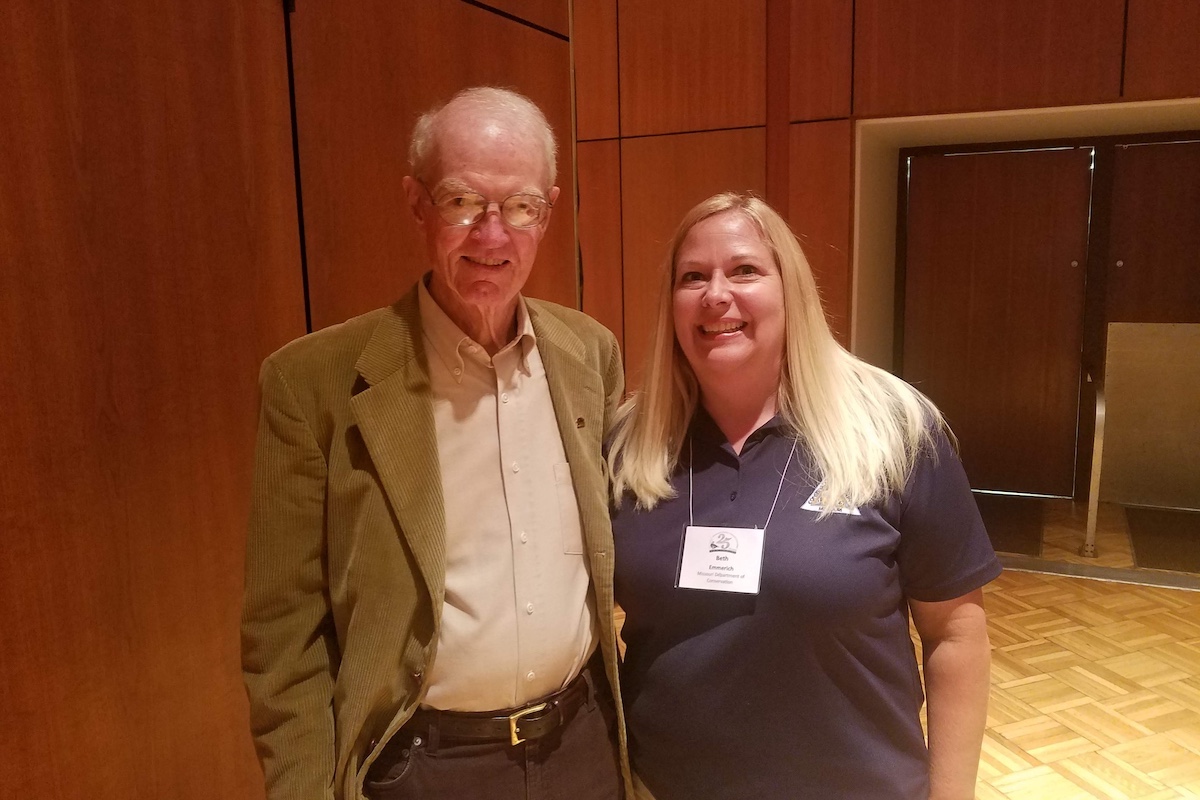
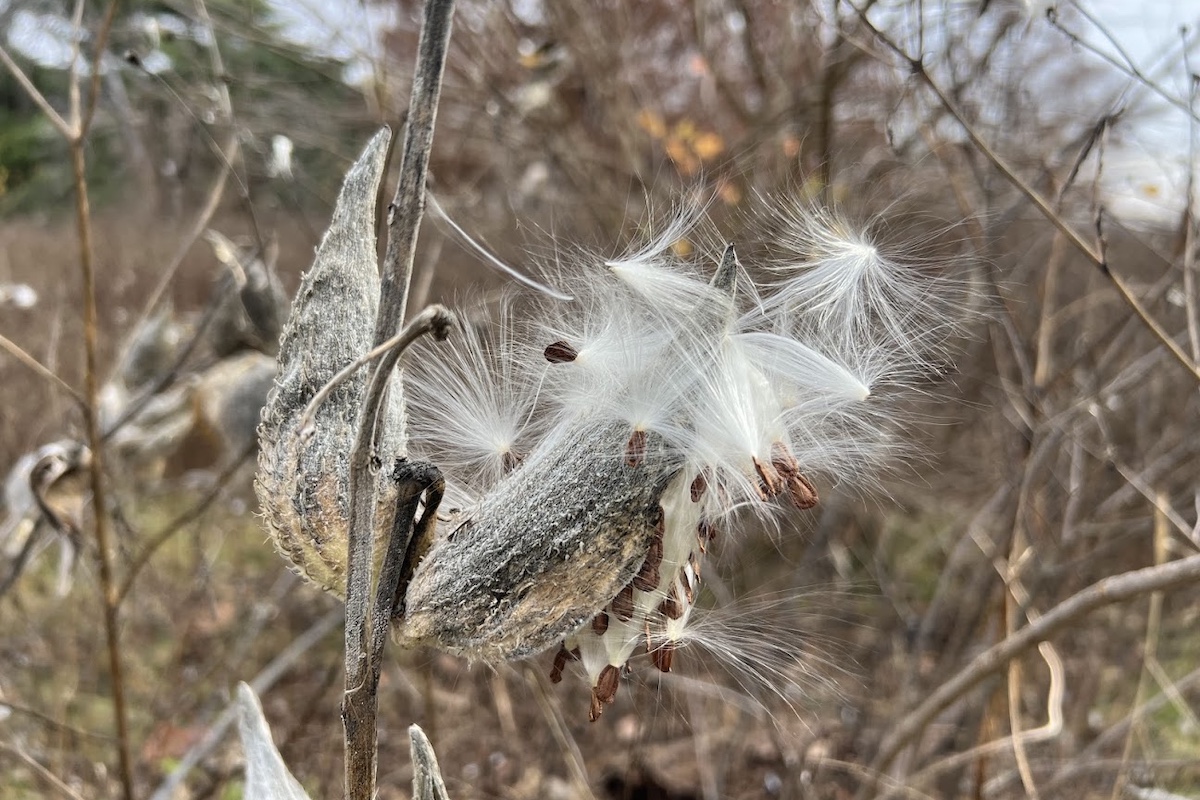
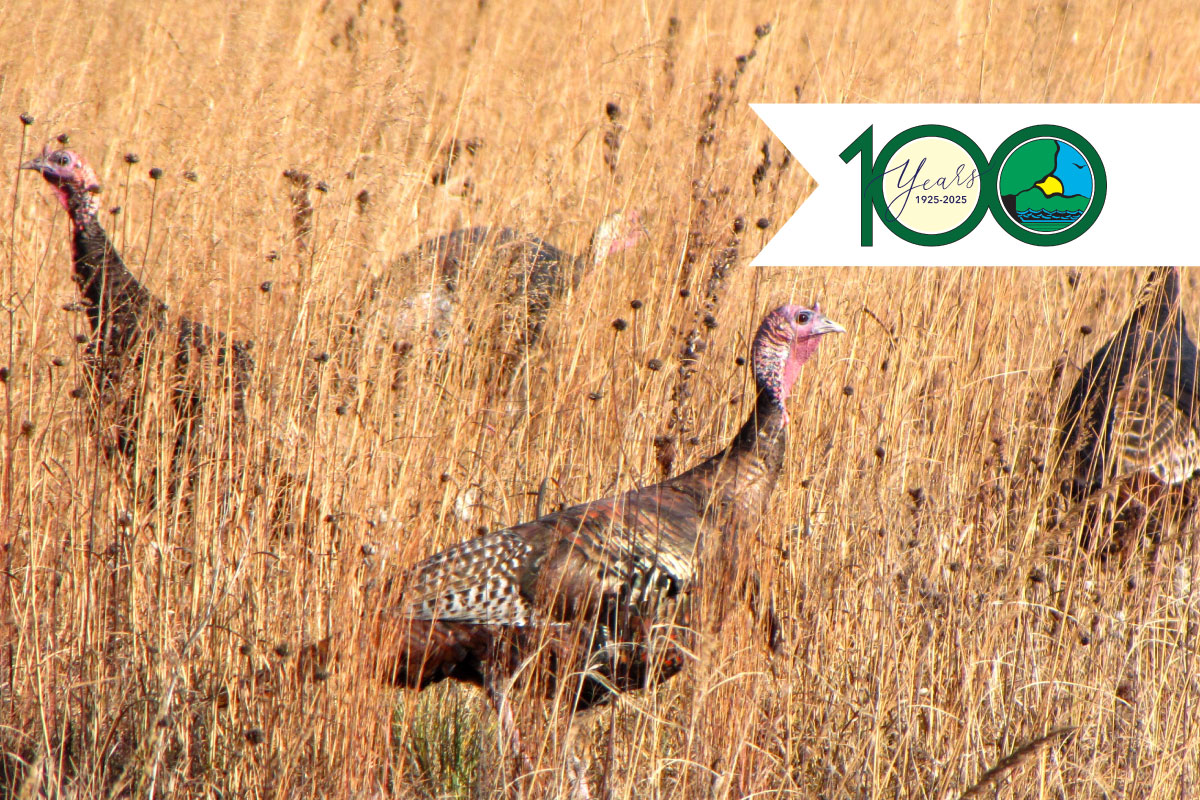
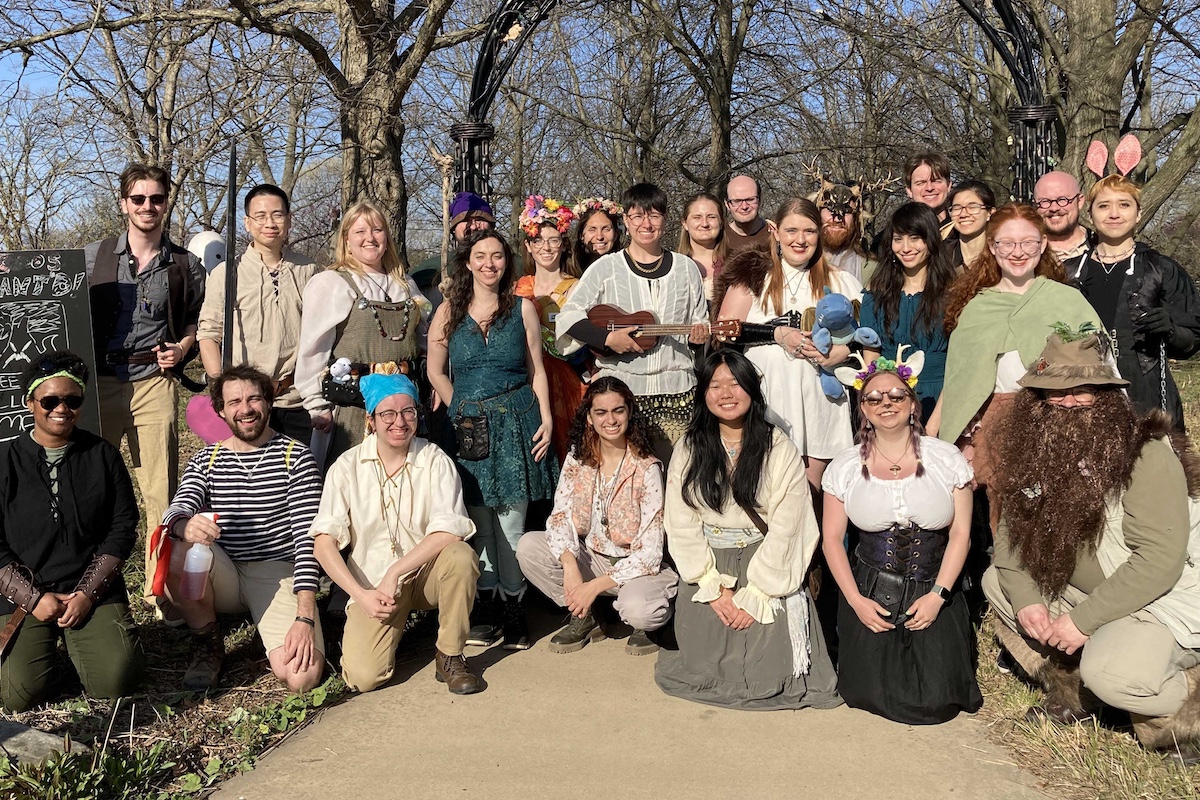
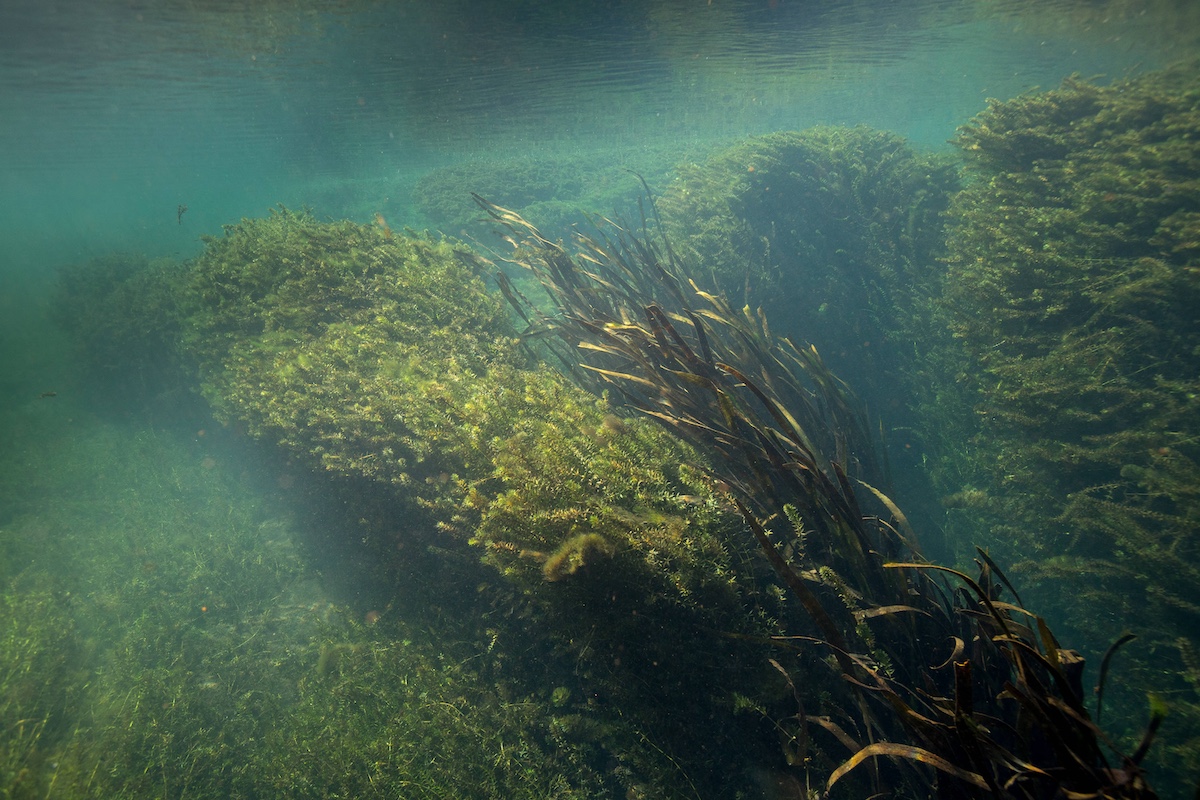
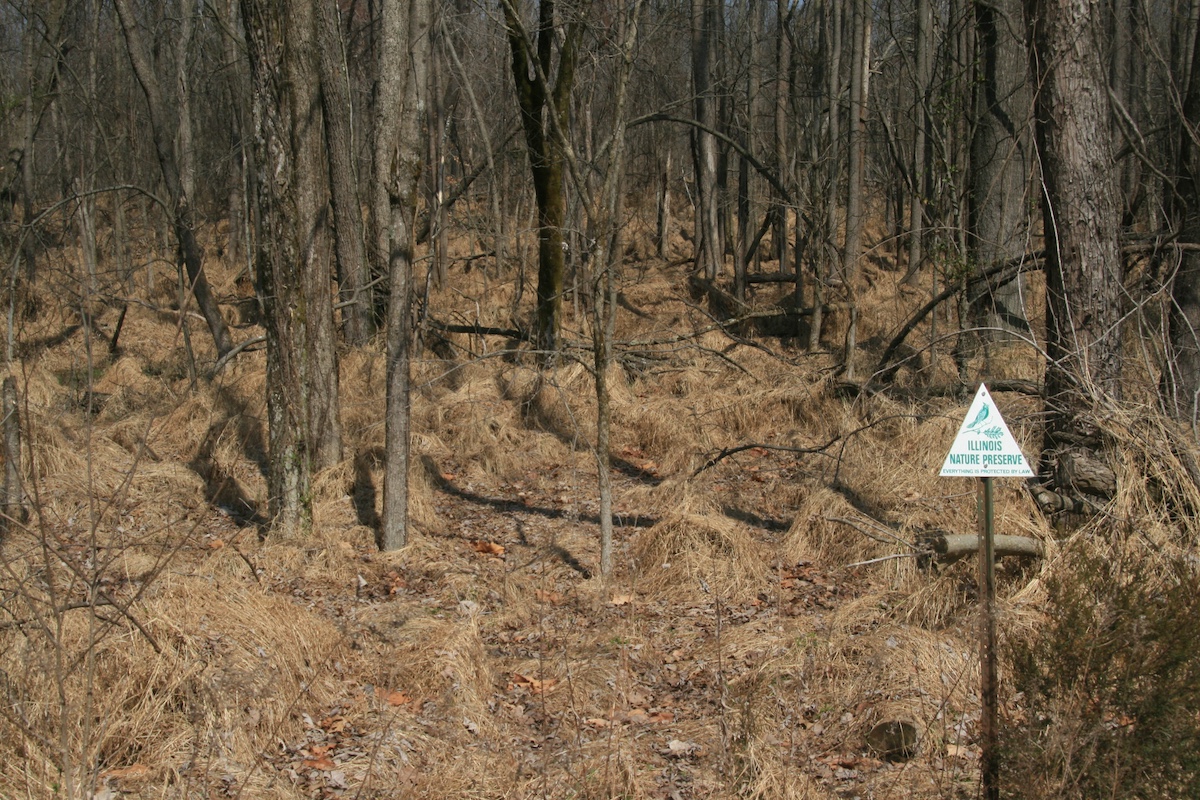
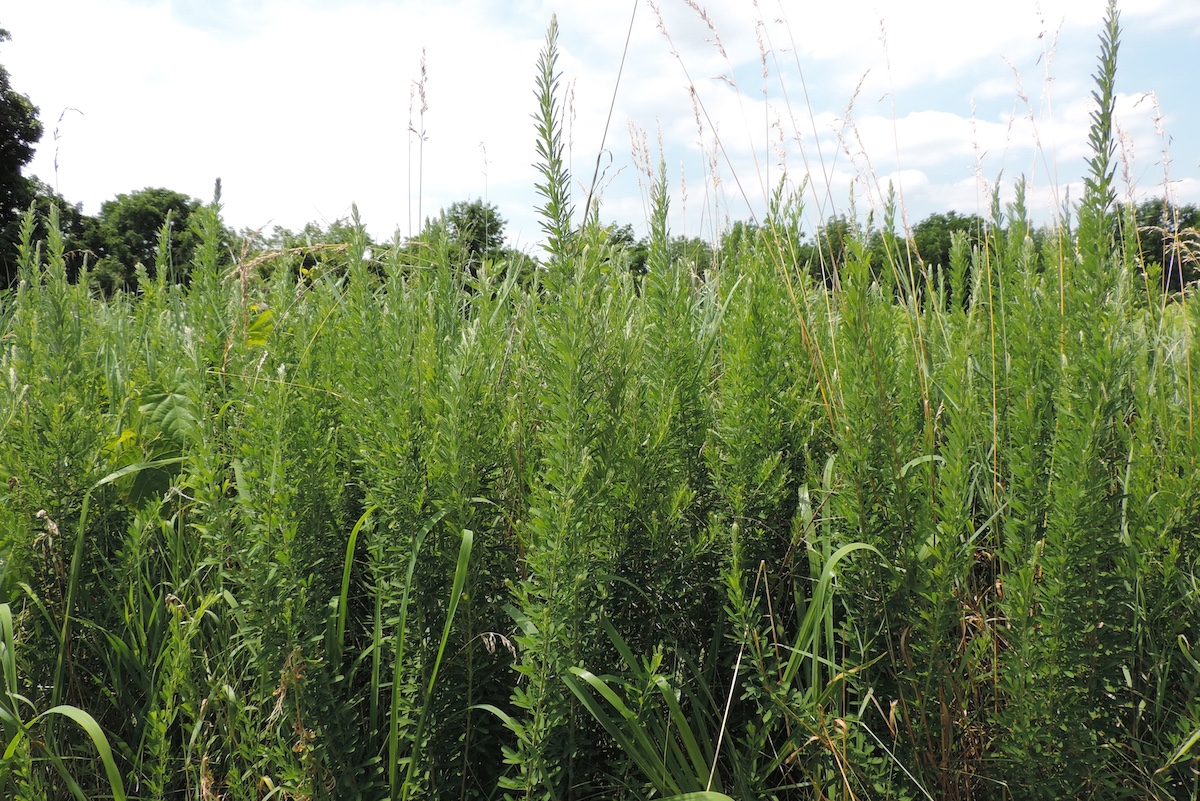

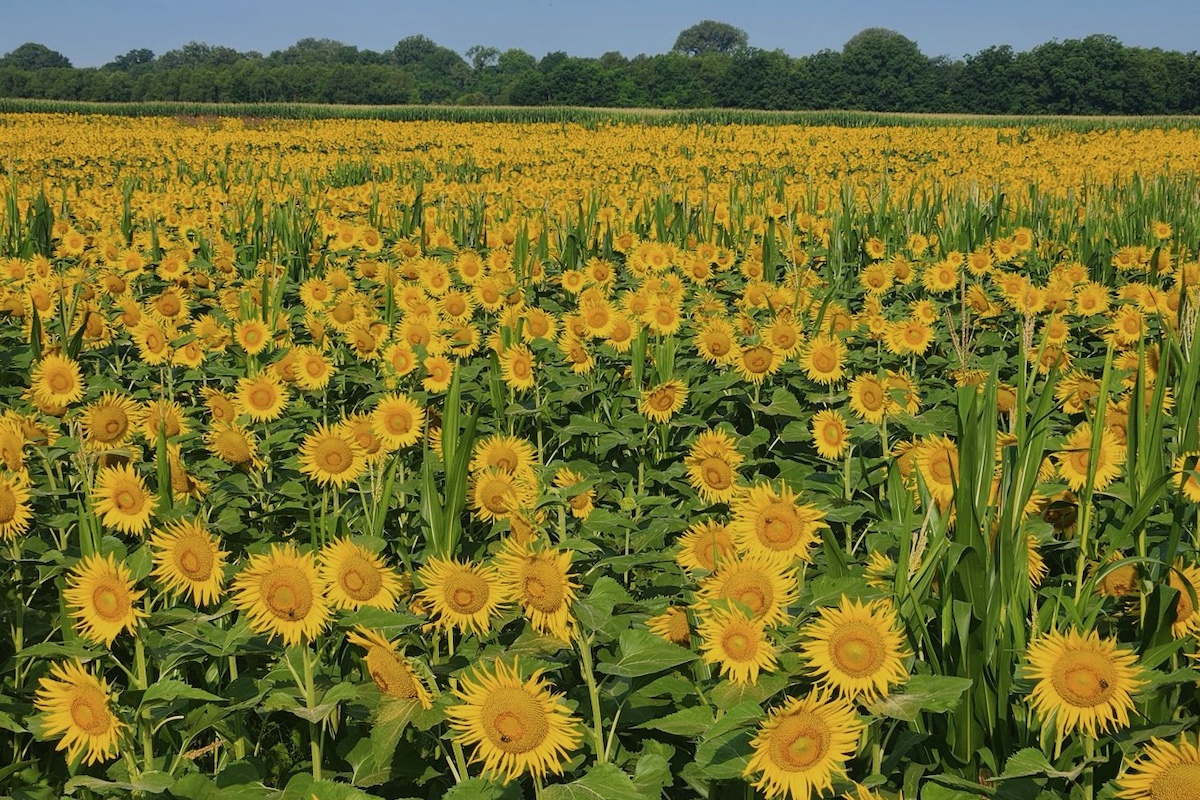
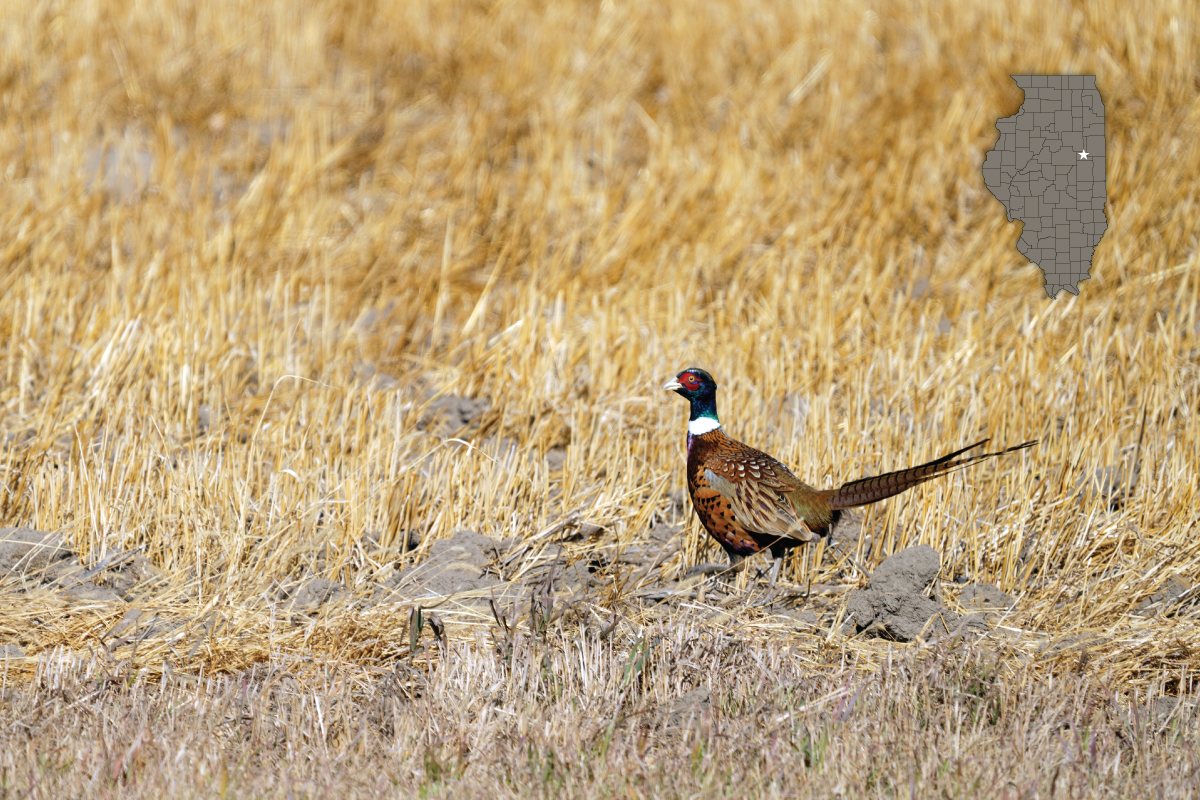
Submit a question for the author